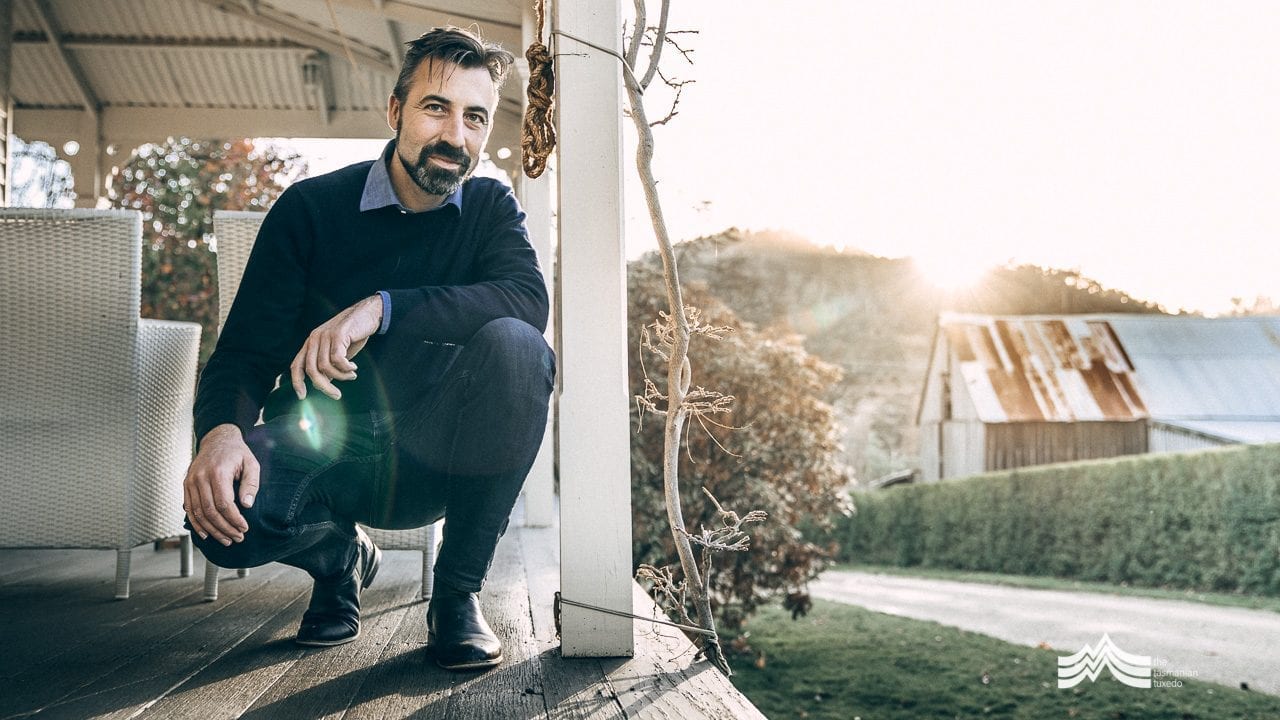Nathan Males recalls a wonderous childhood. The son of two teachers who ran a travelling school, he grew up exploring the English countryside while his parents taught the children of gypsy families. “The school operated from a converted bus,” explains Nathan. “The thing I remember most about my early childhood is the freedom…of playing in hedgerows, roaming the countryside and wandering in the mountains. My memories of that freedom are vivid and it definitely spawned my love of nature and the great outdoors.”
As a young adult studying to be an environmental studies teacher, Nathan found some part time work in a bookstore. “One day Karen came in and we just started chatting. Next thing I knew I was taking her sailing…that led to a lovely summer together and before I knew it I was packed and following her back to Tasmania.”
Nathan’s face lights up when he recounts his first impressions of his wife’s corner of the world, “I had never heard of Tasmania before I met Karen,” he laughs. “But I fell totally in love with the place. It was the late 90s…the end of the dam wars and the beginning of the forest wars. A lot was going on and I was captivated by the absolute beauty of the landscape.”
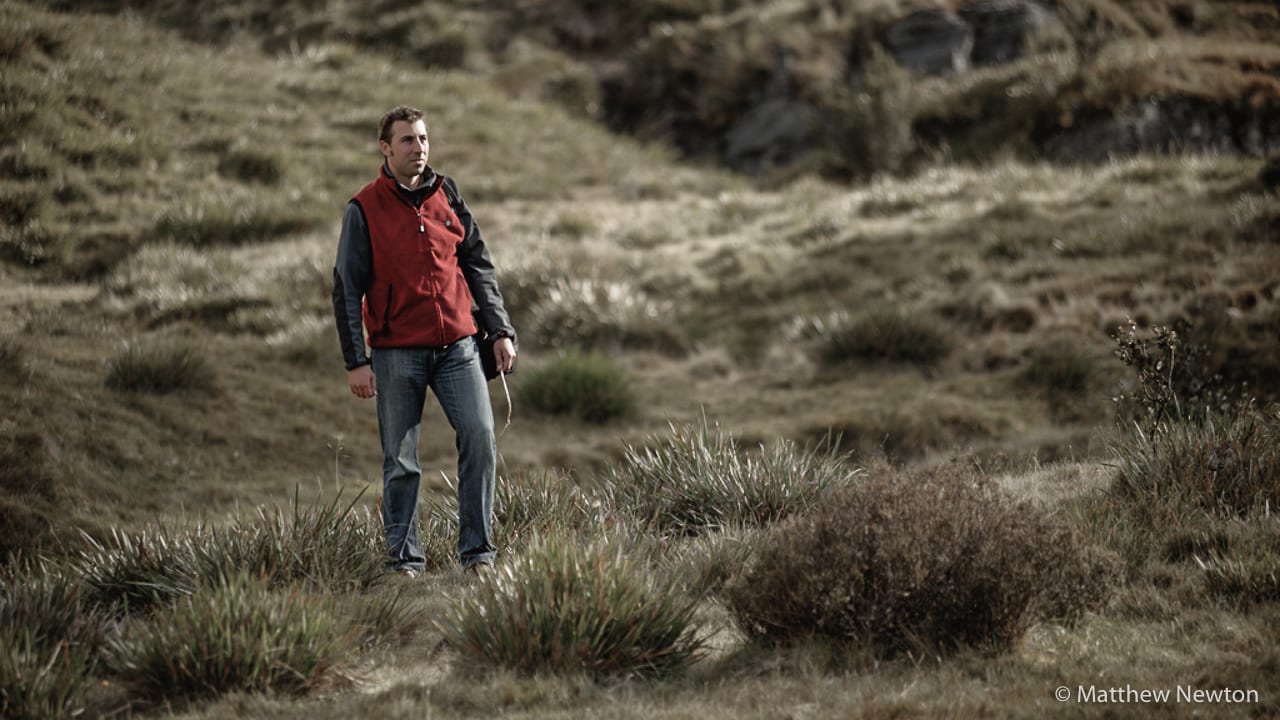
Making waves at the time was the Australian Bush Heritage Fund, later to become Bush Heritage Australia. “It was founded by Bob Brown in 1990,” explains Nathan. “A parcel of land adjacent to a Tasmanian Wilderness World Heritage Area was earmarked for wood chipping. Bob put a down payment on the land and launched a campaign to raise the remaining funds in order to save the site. The story of this land in the Liffey Valley saw the birth of what was to become a way the Australian public could help protect areas of special value.”
Nathan’s skills in the arts and marketing, along with his legal and environmental background, made him a perfect fit for the organisation. “I was so lucky to work with the Bush Heritage team. Essentially, my job was to fly around the country and find properties to buy,” smiles Nathan. “I had the most amazing time…the places I visited and the experiences I had were just remarkable. You just can’t imagine the properties that are out there and the people I met. I had 10 wonderful years doing that.”
The concept of private land conservation was gaining momentum and beginning to prick up government ears. “Bush Heritage was offered funding to run projects in Tasmania,” says Nathan. “However they wanted to remain working on a national scale…hence that created scope to set up a new fund here.”

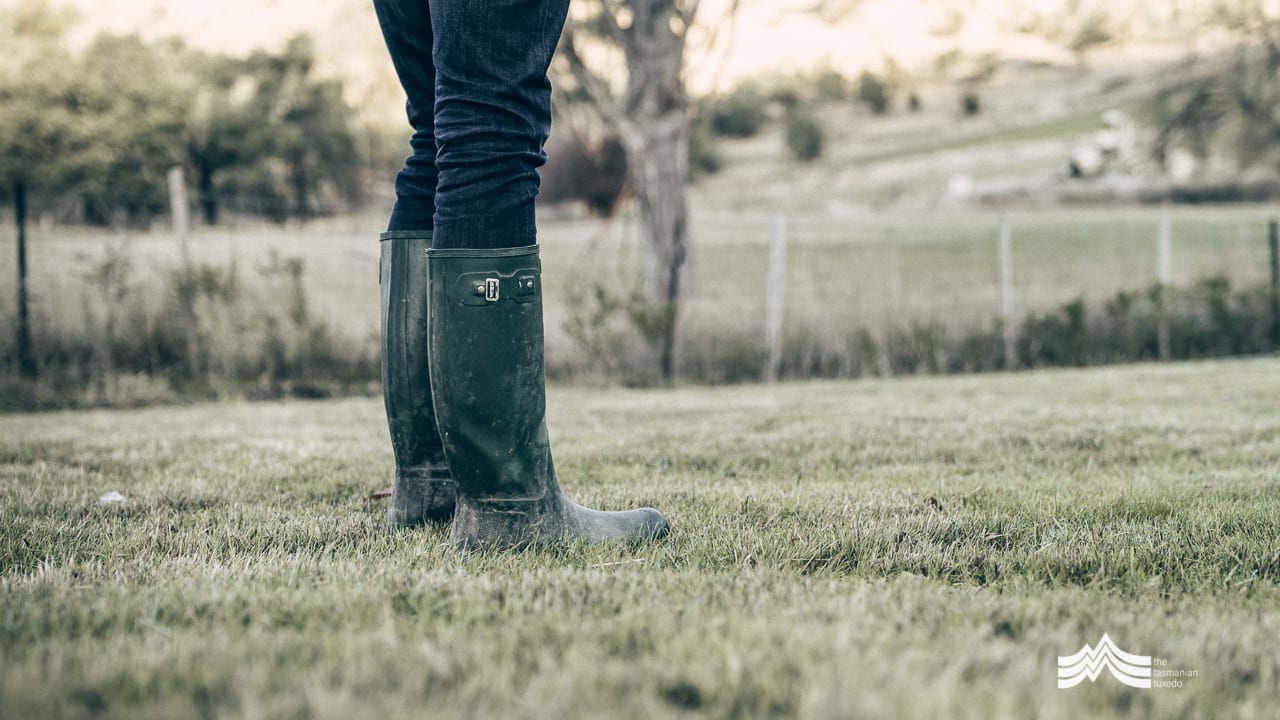
Nathan and two mates hatched a plan. “We threw in $50 each, and had to spend $101 on the incorporation fee.” He laughs as he recalls those times, “So essentially we launched with a grand bank balance of $49. We also needed 50 members to get ourselves on the environmental register. Somehow we did that and managed to get the account up to $2000.”
“We quickly had our eye on our first property,” recalls Nathan enthusiastically. “It was at Long Point on the east coast, just near Moulting Lagoon. It was part of a farm that had been owned by the same family since the mid 1800s and the farmer was interested in selling, however thankfully he wanted to see it protected and not developed. It’s just amazing…350 hectares…a large mud flat with channels and pools…it’s like stepping into the middle of a David Attenborough documentary. The biodiversity is just awesome…it’s absolutely teeming with birdlife.”
Nathan smiles at the next move, “That first $2000 funded the production of our first one colour brochure which Fullers Bookshop and Land for Wildlife kindly agreed to mail out for us with their newsletters. We were asking people to donate a small amount and sponsor a hectare.”
Tasmanian’s responded in droves. “We couldn’t believe it,” enthuses Nathan. “Each day we’d go down to the little post office in Battery Point and our mail box would be jam packed. It was heartening to know that people believed in what we were doing and were happy to send us a cheque. In just two weeks we raised the money we needed to buy that very first property.”
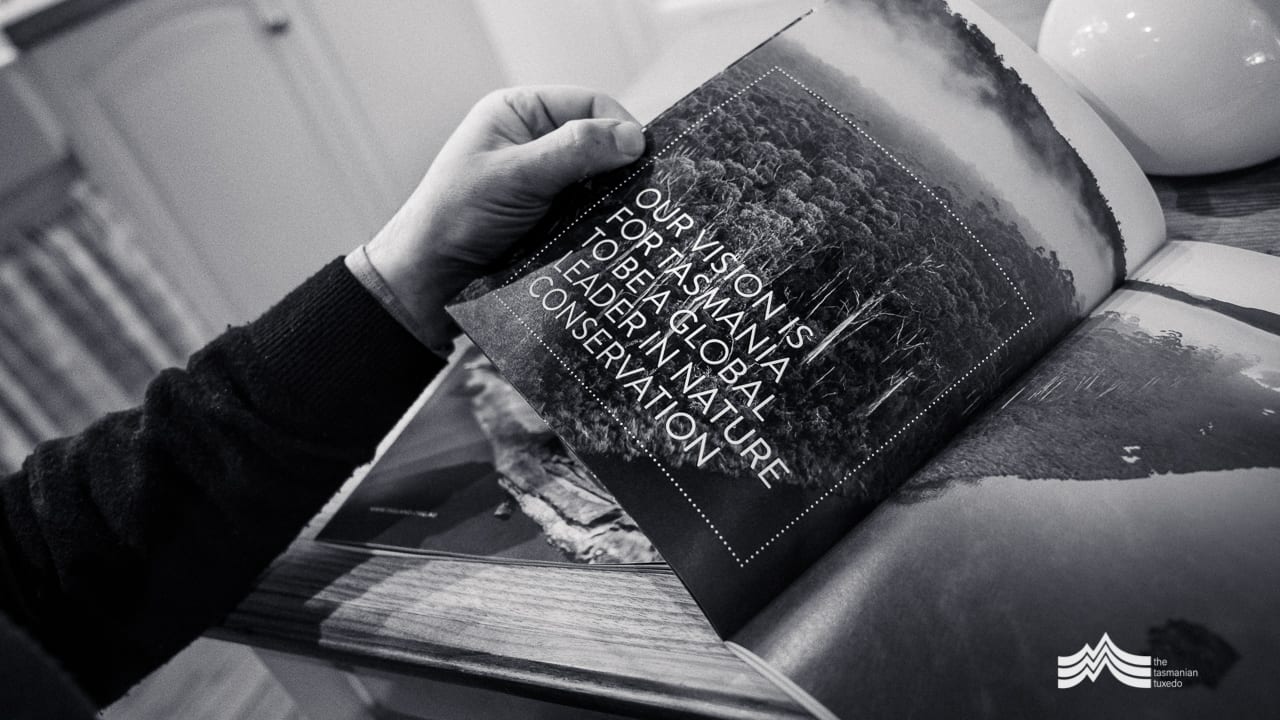
Beneath his quiet demeanour, one readily detects an unrivalled drive and determination behind this well-spoken Englishman. Adopting Tasmania as his home state, Nathan carved a unique way to balance his passion for environmental issues with his natural flair for drawing the community together. The collision of the two saw the birth of a new frontier in Tasmanian conservation.
And so the Tasmanian Land Conservancy was born. “Back at the time I was the lucky recipient of a ‘World of Difference’ award through Vodafone,” explains Nathan. “That award meant I had the funding to work full time for the Tasmanian Land Conservancy for a year. A travel component of the award also meant I could visit the United States to meet with the Nature Conservancy and Land Trust Alliance. I learned a lot during that visit and it enabled me to apply some really sound principles back here in Tasmania.” Nathan goes on, “It became really important to me at an early stage that we created an endowment to manage the properties we purchased…all our spare money went there…that made a real difference. I am so proud that now the fund stands at over $12 million.”
“The vision was always for Tasmania to be a global leader in nature conservation,” says Nathan. “The TLC is a community-based organisation that essentially raises funds to buy and manage irreplaceable sites and rare ecosystems. Sometimes that means the creation of reserves, sometimes it means working collaboratively with landowners to establish conservation agreements, and sometimes it means the fund purchases the land, protects it through a conservation covenant and then resells it to new owners. In that way the capital is freed up to reinvest in other projects. It’s a model that’s worked really well here.”
Seven years at the helm saw Nathan take the Tasmanian Land Conservancy from a mere $49 to over $35 million in property value. “I’ve worked with a team of amazing scientists to identify some incredibly diverse properties across the state,” says Nathan, when asked to recall some of the highlights of that time. “Often they are different to what you may ordinarily expect. Grasslands, wetlands and river systems are amongst the areas that have astounded me the most, and it’s at the intersection of where human activity meets wild habitat that I’ve seen a lot of issues.”
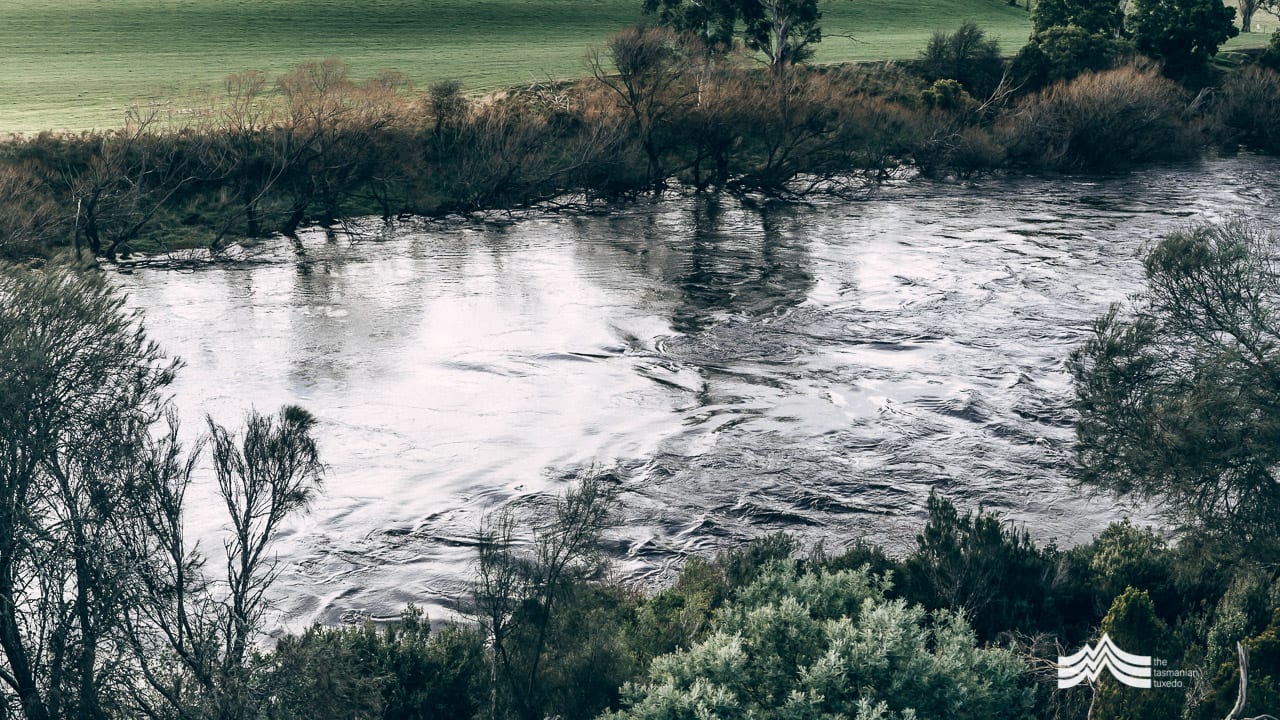
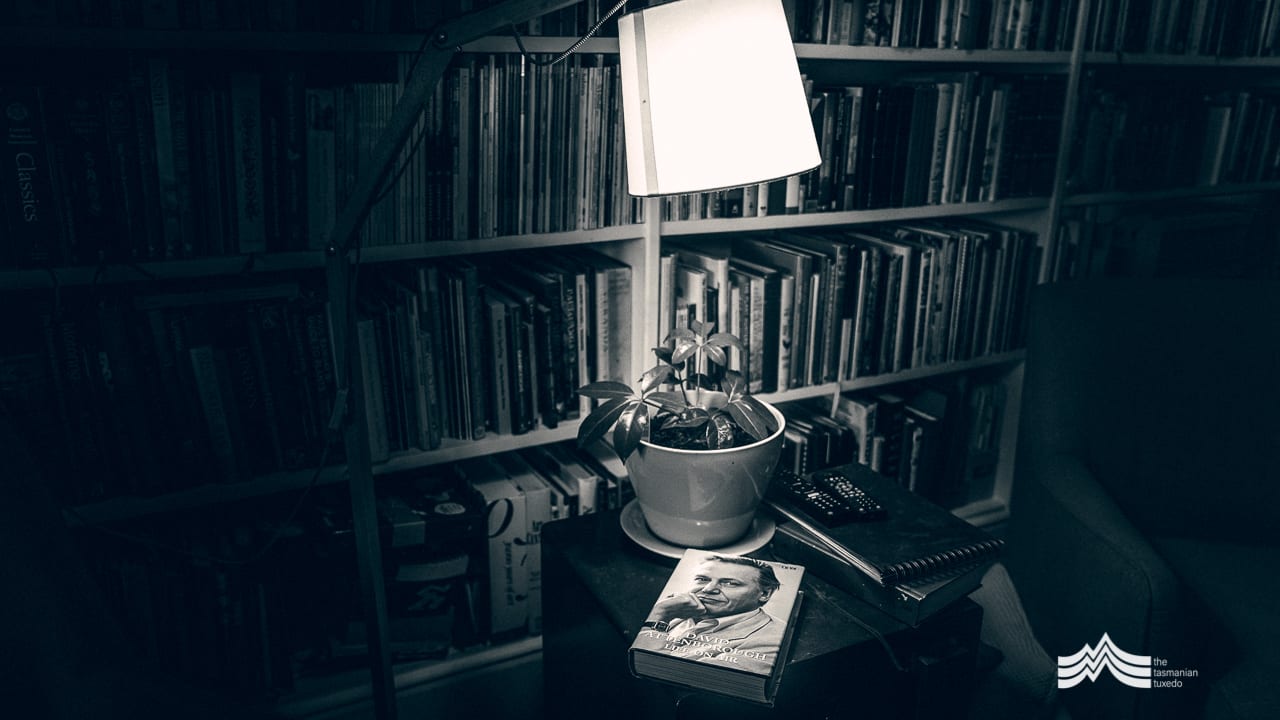
“Interestingly, I’ve also learnt that complete conservation is not always the best option,” muses Nathan. “For example, quite a few years ago we worked with some land adjacent to Cradle Mountain…it was stunning, and rich in biodiversity…butterflies, invertebrates, wildflowers…and for a long period of time it had been used for part of each year to run highland cattle. An initial reaction could easily have been to stop the grazing, and as such, stop the seasonal disturbance of the tussock grasses.”
“However, when grasslands are left undisturbed the tussock grass can completely take over. It can became very dominant and the biodiversity of the whole area can be significantly reduced. In many ways the disturbance by the cattle was mimicking fire disturbance that would have been common here throughout the ages. It’s fascinating really.” Pausing for a moment, Nathan continues, “Sometimes the very thing you’re trying to protect is the thing you end up losing.”
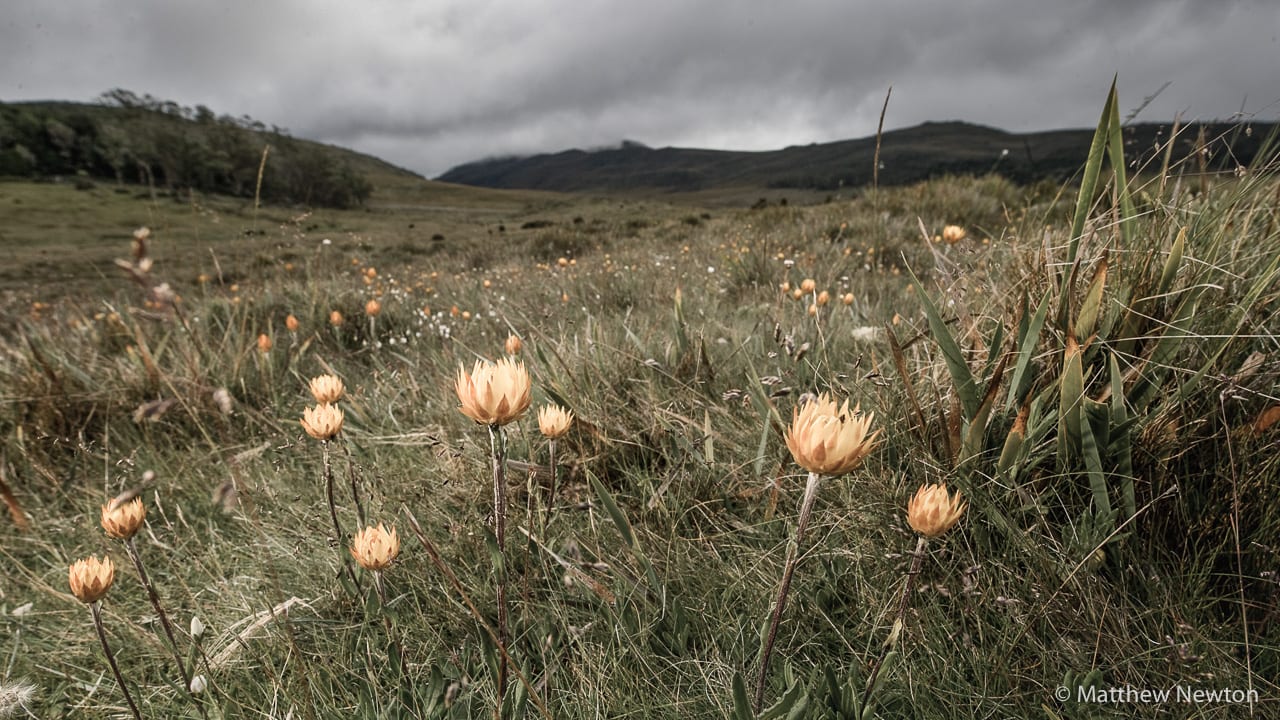
Whilst passionate and energetic, Nathan is also realistic and practical. “To be in conservation, you don’t have to be about stopping things happening,” he states. “You can often weave the conservation values in with human use. In the case of that land near Cradle Mountain, the best solution was put a lease in place and allow seasonal grazing to continue, whilst ensuring the site did not face other development. The previous owners still graze their cattle there at certain times and the land remains wonderfully rich in a whole variety of species.”
After blowing his own expectations for the Tasmanian Land Conservancy well and truly out of the water, Nathan began looking for a change. “I’d exceeded the targets I’d set for myself and met a great deal of inspiring business people along the way. I was also aware that organisations need change in order to remain healthy…I felt like it was becoming time for me to hand the reins over to someone else. The challenge of a commercial venture had begun to appeal to me and I went looking for an idea to satisfy that interest.”
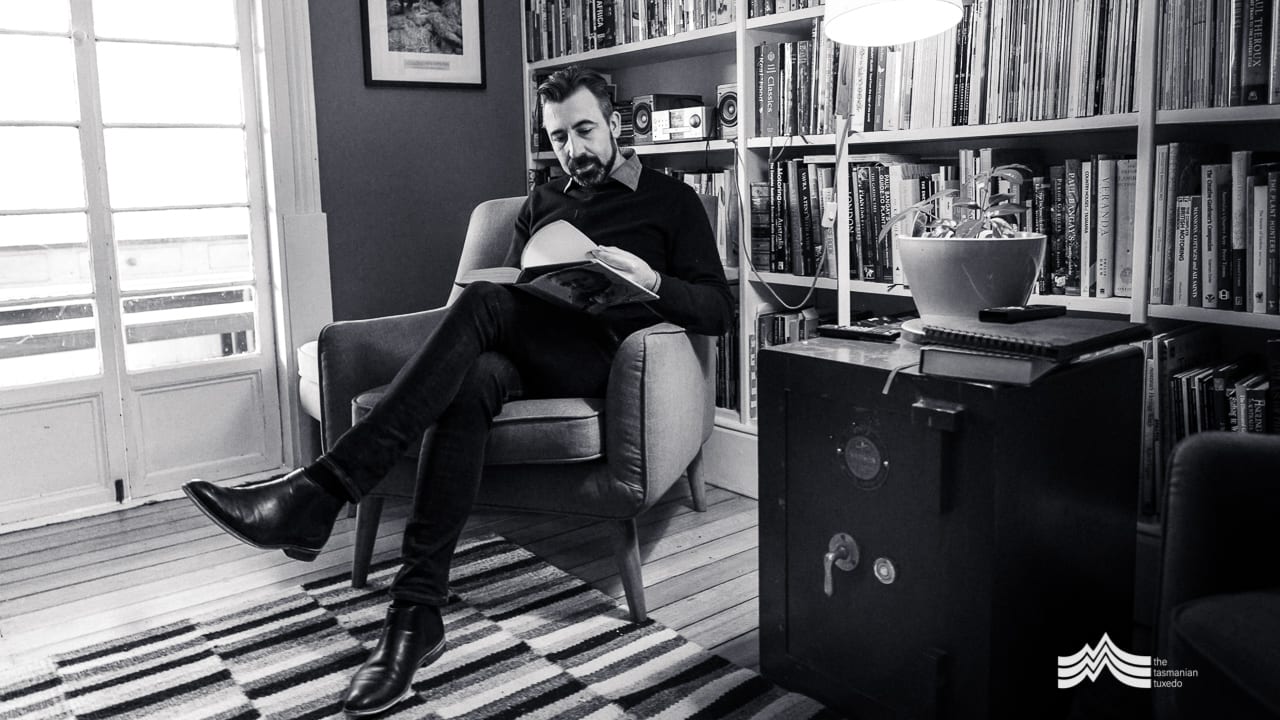
“Looking back, it makes me laugh,” says Nathan, eyes smiling. “With a good friend at a similar stage in life, we set about identifying our criteria. We were searching for something that could keep our young families here in Tasmania, something low cost, and something with reasonably good growth. We were also conscious of the threat of a recession and were wary about which markets to enter.”
The classic tale of a business birthed at the kitchen table followed. “For the first year I shared my salary with Julian whilst he wrote our software platform at the kitchen table. We essentially charted our own course and backed ourselves with a launch in 2011.”
The software Nathan speaks of is Myfoodlink. It represents a completely different direction for this energetic Englishman, but one he’s embraced with open arms. “Essentially, it’s an online sales platform for supermarkets,” he explains. “When you jump online and order some groceries, you may well be using our system. It’s all about data integrity and support…and we’ve made real headway in that market.”
Honing a new skill set, Nathan explains that it’s often been a challenge working from Tasmania. “To be honest, we found it difficult doing business from here,” he says openly. “People in Melbourne or Sydney expected us to be in Melbourne or Sydney. It was that simple. The market is conservative and I felt like it took us five years longer to get a foothold compared to what it may have taken if we were located on the mainland.”
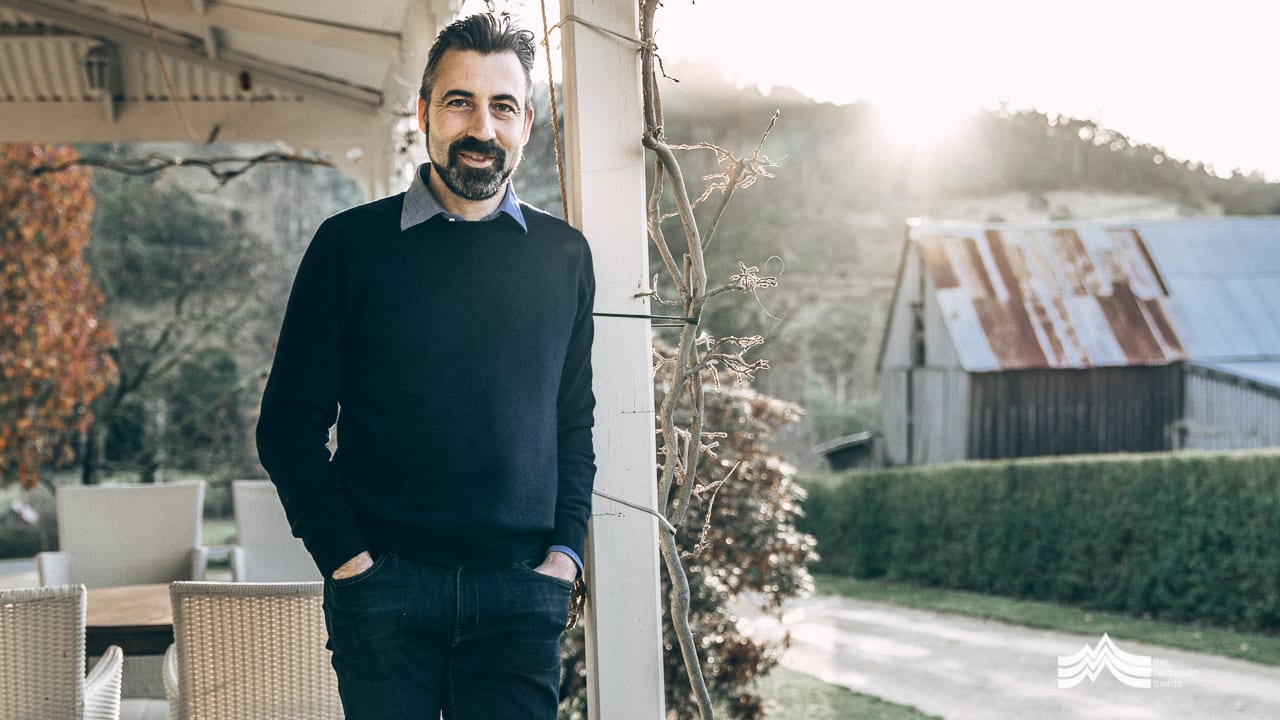
It’s refreshing to hear the little details from the start up days. “Australians still value face to face deals so we had to travel a great deal. We had to be in the room ourselves…there was no alternative to demonstrate that we offered the same level of professionalism.”
“It’s been awesome to watch this vision grow,” says Nathan of his partnership. “We’re the major supplier of this type of software for many tier two national companies. Think FoodWorks, Drakes and IGA…those types of companies. It’s also really exciting to be working with some great Tasmanian enterprises like Hill Street Grocer and Bruny Island Cheese Co. We’re helping Tasmanian’s access some great local products by using Tasmanian designed and built software.”
With a successful business to oversee, sitting on the board of the Tasmanian Land Conservancy, and being dad to two busy kids, one may think Nathan Males wouldn’t have room for anything else in his life. “I do wonder how I get myself into things sometimes,” he laughs. “It often seems like a good idea at the time and then I realise just how much I’ve taken on…but at the end of the day, you just do what you love and it’s rewarding to see the results when things come together.”
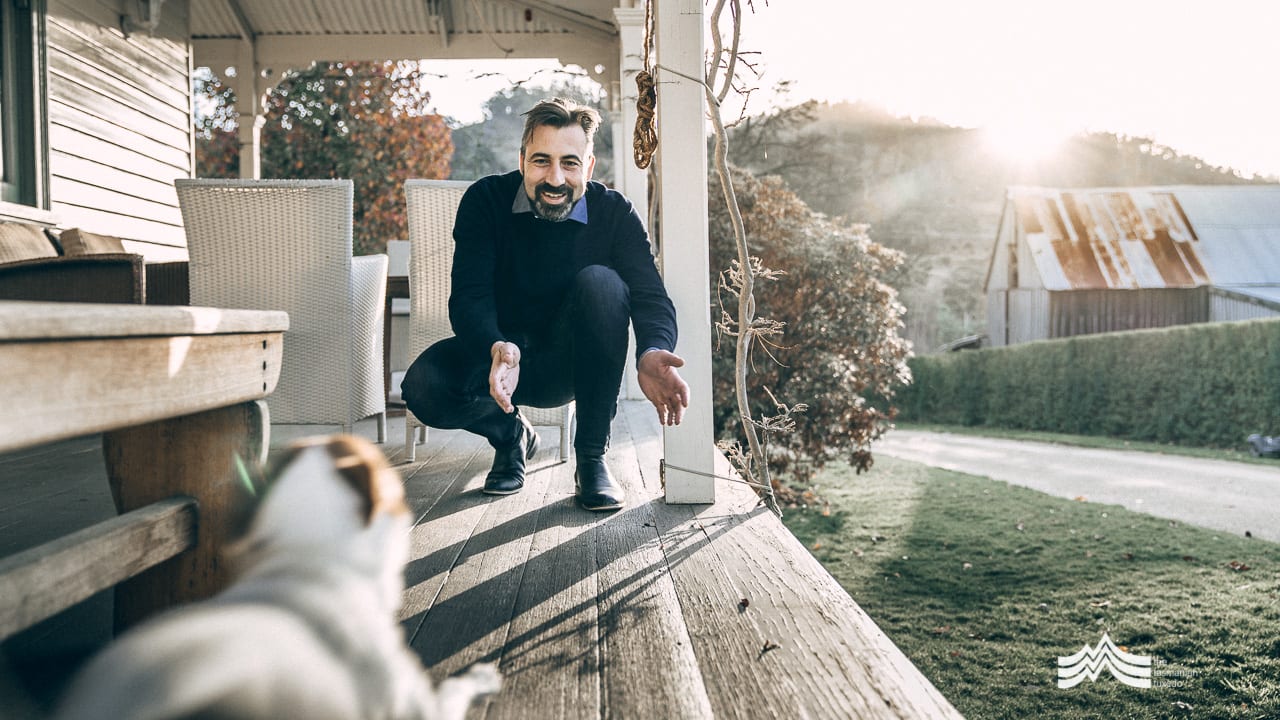
Rekindling a love of the arts has recently seen Nathan behind a push to open an arts centre in a derelict asylum, Willow Court, in New Norfolk. “I love the Derwent Valley for a whole bunch of reasons…there’s a lot of very talented souls tucked away and a lot of intriguing history. The vision I have for this project is simply about bringing some of this together…about creating a community space.”
“The oldest parts of Willow Court date back to the 1820s,” says Nathan, of the longest continually run asylum in Australia. “Willow Court once offered refuge to convicts and soldiers with mental health issues. After that period, it went on to house members of the community with a range of disabilities and mental illnesses. The complex is both inspiring and controversial in a whole host of ways. It has its own stories to tell, but it also has the potential to create a new narrative for the future.”
The stigma that surrounds Willow Court is widespread amongst the Tasmanian community. “We have a huge opportunity now to create a creative hub and build the right energy in the Derwent Valley. I’d love to see a thriving arts program…theatre, dance, music, painting…everything…right across the arts. We have so many talented artists here and this is about creating an opportunity to celebrate local stories. We’re talking about gallery spaces, performance spaces and studio spaces.”
Nathan is clearly passionate about this latest venture. “Amazingly, the ex-hospital site is home to three old theatres. They are in varying states of decay, but there’s real hope here that we can create something that fully respects the past, draws us together in the present, and provides for a re-imagination of the future.”
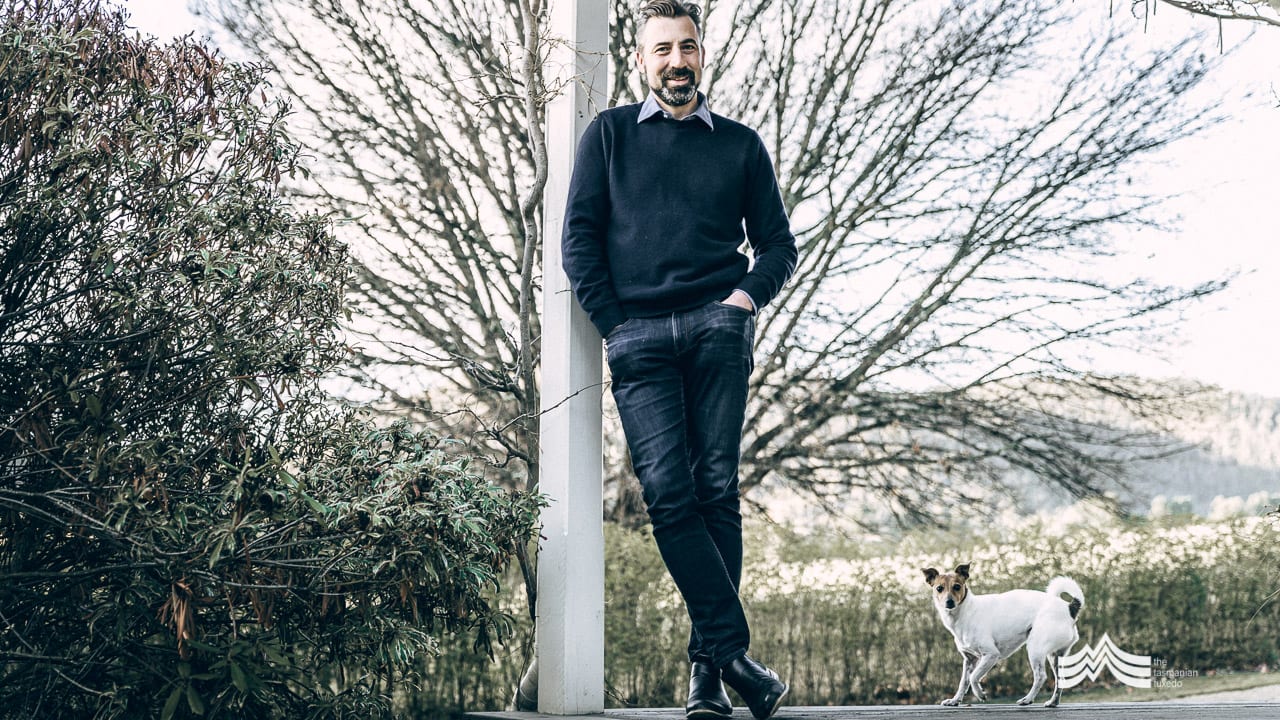
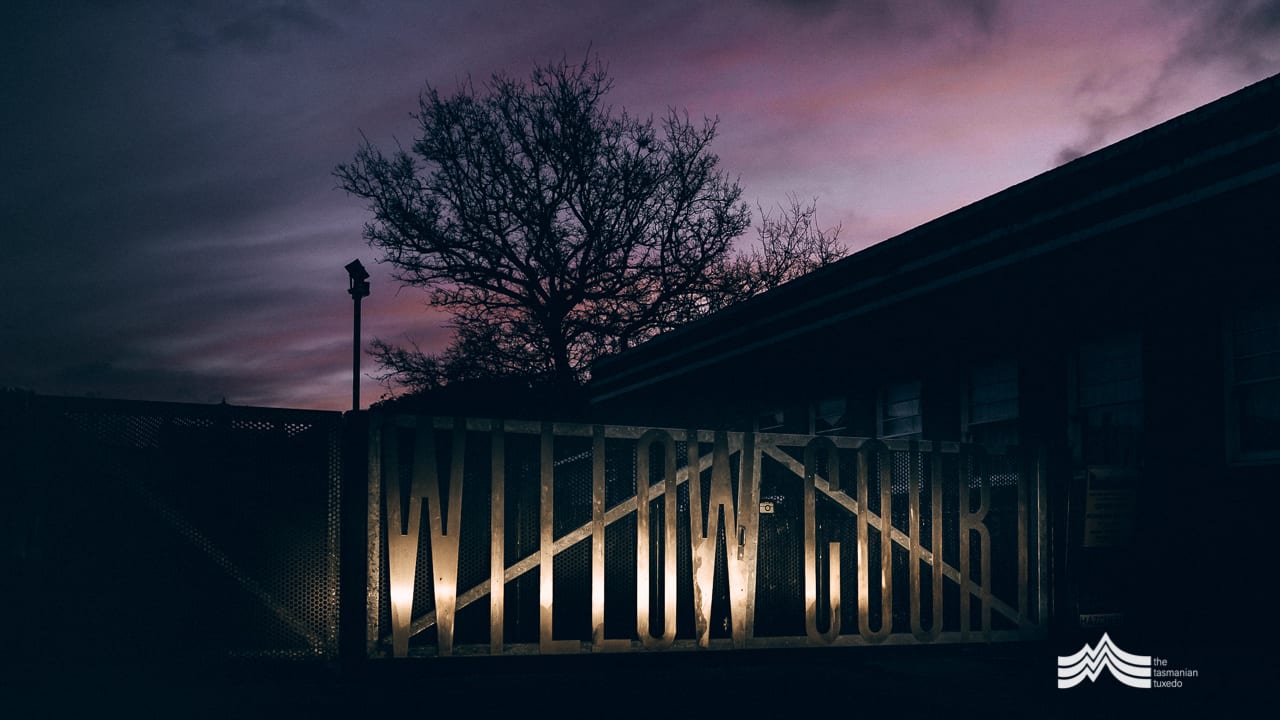
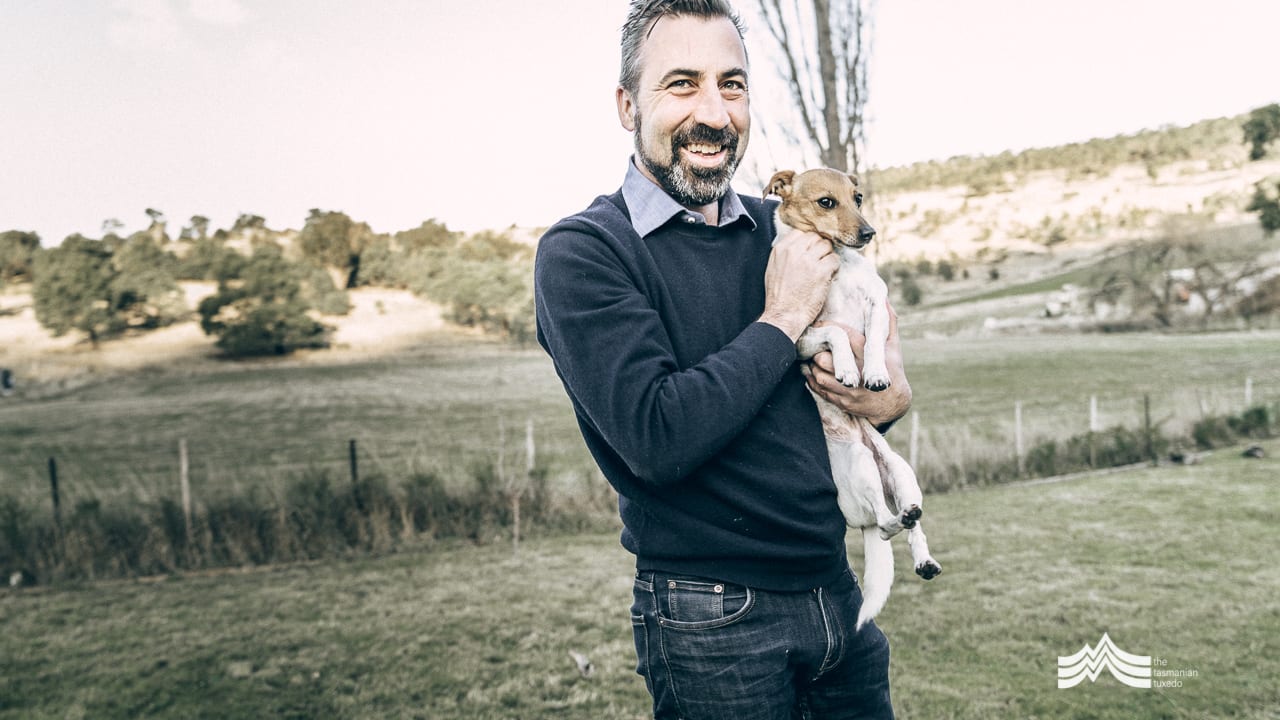
Find out how you can contribute to the important work of the Tasmanian Land Conservancy here.
Further information on Myfoodlink is available here.
